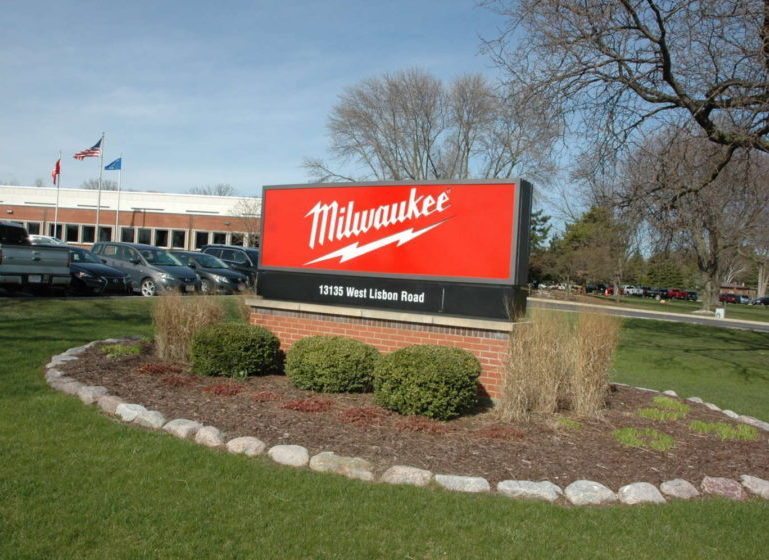Milwaukee Tool increased sales by 21 percent in 2016 and the chief executive officer of its parent company, Techtronic Industries, says Milwaukee Tool plans to increase revenue by 20 percent annually over at least the next five years.

That pace would give Brookfield-based Milwaukee Tool around $6 billion in sales by 2021, although a spokeswoman said the company’s mission is to reach $5 billion by 2020.
The company had around $500 million in sales in the early 2000s and topped $2 billion in sales for the first time in 2015.
“Think about that, 21 percent growth in the power tool industry. We’re not in Silicon Valley here, we’re talking about power tools,” said Joe Galli Jr., CEO of Hong Kong-based Techtronic Industries Co. Ltd., during a presentation to investors.
Techtronic Industries reported $5.48 billion in sales for 2016, an 8.8 percent increase while net income rose to $409 million, up 15.4 percent.
Galli said the market served by Milwaukee Tool, which targets professional users, and Ryobi, TTI’s do-it-yourself brand, could more than double in the next five years, reaching $36 billion.
He said that increase would be driven by TTI companies helping to create and develop the market, “much like Apple did with iPhone and iPad.”
“None of our competitors have to lose for us to win,” Galli said.
Milwaukee Tool has driven significant growth over the last decade by focusing on cordless power tools instead of the corded tools it was long known for.
Galli highlighted a number of areas where the company is able to replace traditional power sources with cordless batteries, including for gas, pneumatic and hydraulic tools. He added the replacement cycle for tools has decreased from around eight years to three years, helping to boost the market. Having a uniform battery platform also allows Milwaukee Tool to sell more tools without the battery included.
Galli said his biggest worry is being able to hire enough engineers to develop the products the company has ideas for.
“Our product pipeline is so stacked,” he said.
TTI plans to hire 522 new employees from college campuses alone in 2017, a 28 percent increase over 2016.
For Milwaukee Tool, much of the work related to innovation is done at the company’s Brookfield-headquarters, which is currently undergoing $35 million, 200,000-square-foot expansion that will add nearly 600 jobs. The company is also proposing another 30,000-square-foot expansion to other buildings on the campus.
Manufacturing for Milwaukee Tool is done at other locations around the world. There are factories in Greenwood and Jackson, Mississippi and Europe, but much of the work is done in Asia.
Galli said he isn’t concerned about potential tax changes in the U.S. that could make it more expensive to manufacture overseas.
“If something happens in the U.S. and there’s some sort of border tax, it’s going to affect everybody equally. Everybody manufactures in Asia. It’s not like we’re the only company producing power tools in China,” he said. “The winner will be the company that can move most quickly.”
Galli said TTI has the capacity to quickly ramp up production in new locations “and we have a lot of friendly governors who seem to be anxious to fund our decision to increase manufacturing.”
He also noted the company is growing in a number of geographies, not just the U.S. Milwaukee Tool increased sales 20.6 percent in North America, 21.3 percent in the Europe, Middle East and Africa region and 24.7 percent in the rest of the world in 2016.
“We have China ready to go to supply the rest of the world if the U.S. focuses on production locally,” he said.